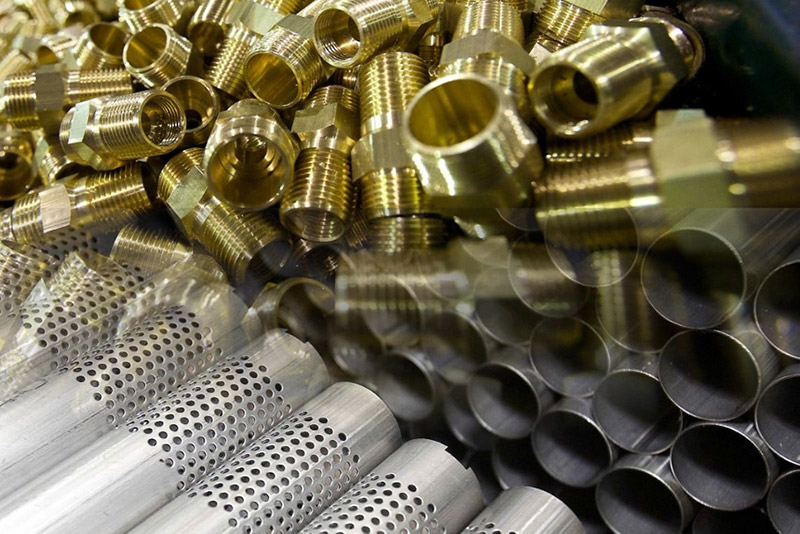
When given the proper protective coating, metal parts can function more effectively and last much longer. However, before the coating process can start, an important preliminary procedure is necessary. As the effectiveness of the coating depends greatly on the quality of the surface, not performing pre-treatment means the surface is in less-than-optimal shape. That leaves the metal open to corrosion, adhesion, flash rusting, weld pullaway, and impact resistance issues, the very problems that proper coating prevents. Here are five common pre-treatment steps to prepare metal parts for coating.
Disassembly
Many different types of parts pass through our facility every year. Some are single pieces, while others consist of several different components. In most cases, the latter requires disassembly, because the coating process will not benefit each part (or could even damage some).
Cleaning
Just as you would not paint a dirty surface in your home, some parts need to undergo cleaning before coating begins. Pressure washing and ultrasonic cleaners are very effective methods. Extra care is necessary when using cleaning solutions as some metals are especially sensitive. Exposure to the wrong chemicals can create damage that is not visible to the naked eye, but serious enough to compromise both the coating process and the life/utility of the part.
Our sister company, Plastico Industries, uses proprietary cleaning compounds that produce excellent results, while also being environmentally friendly.
Stripping
Even after cleaning, it may be necessary to perform this additional step to ensure an entirely clean surface. Some parts are not new and already have remnants of a previous coating still on them. It is necessary to strip any remaining bits of paint, plastic or another form of finish before applying the new coating. Failure to do so means the new layer will not properly adhere.
Outgassing
The idea is to make sure you reach bare metal before the coating process begins; outgassing is another way to achieve this. It is not obligatory for all parts, but ones made of cast aluminum or cast iron tend to be more porous. That can allow oil and other contaminants to get inside. Applying the coat with those materials still present undermines the part’s ability to perform and last the expected lifespan.
Outgassing involves baking the part in an oven at a temperature that causes the oils to burn off. There is often some smoke generated as a result.
Shot Blasting and Shot Peening
Shot blasting involves the high-speed projection of steel shot at the material chosen for coating. The shot permeates the surface, and this dislodges the foreign matter. The blasting media used varies depending on the type of metal being treated and the desired finish.
Shot peening will also clean the surface of parts scheduled for coating. With this process, the shot performs the same function as a ball-peen hammer. Both of these processes have the added benefit of strengthening the metal, thus reducing the likelihood of corrosion, cracking, and stress failure.

